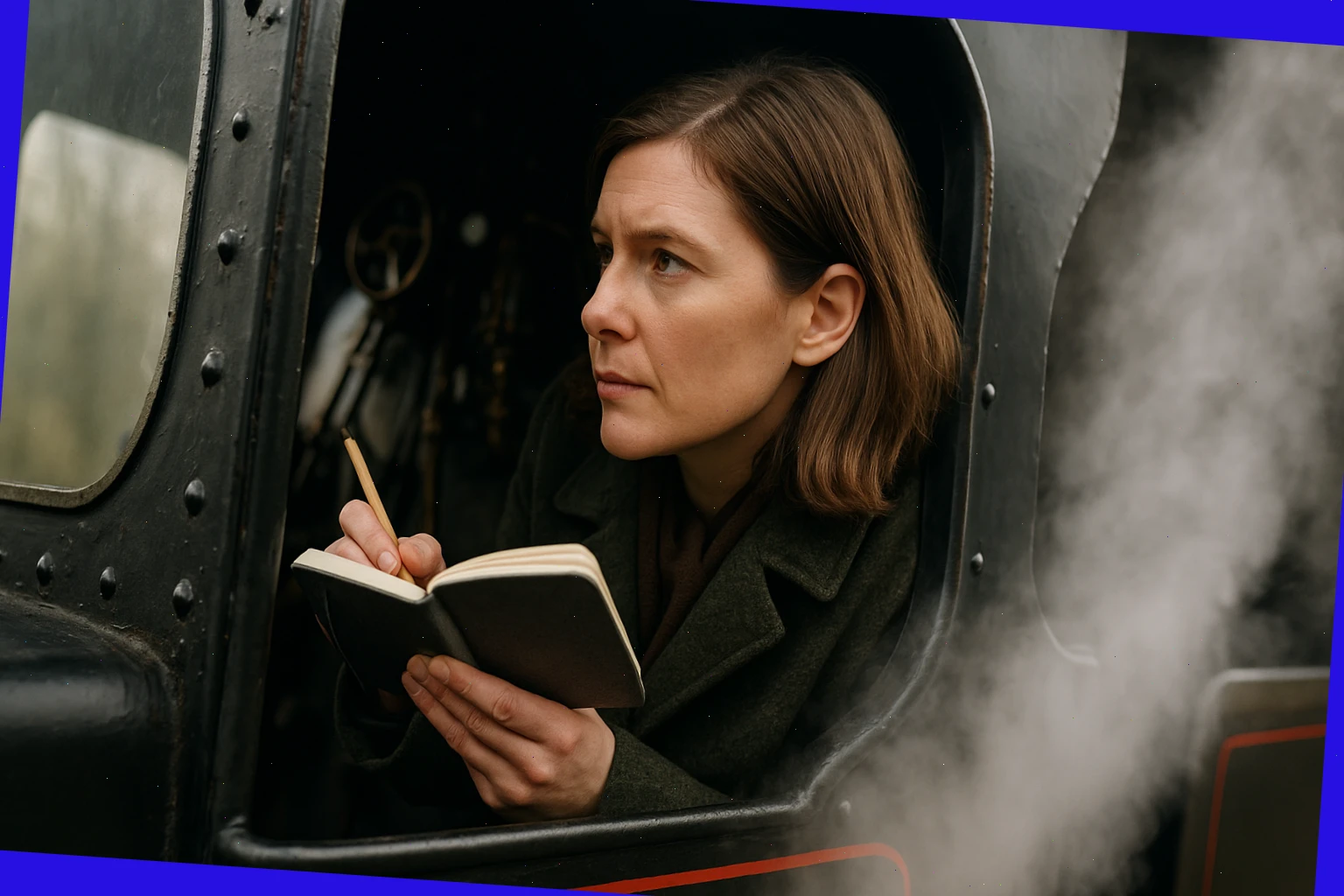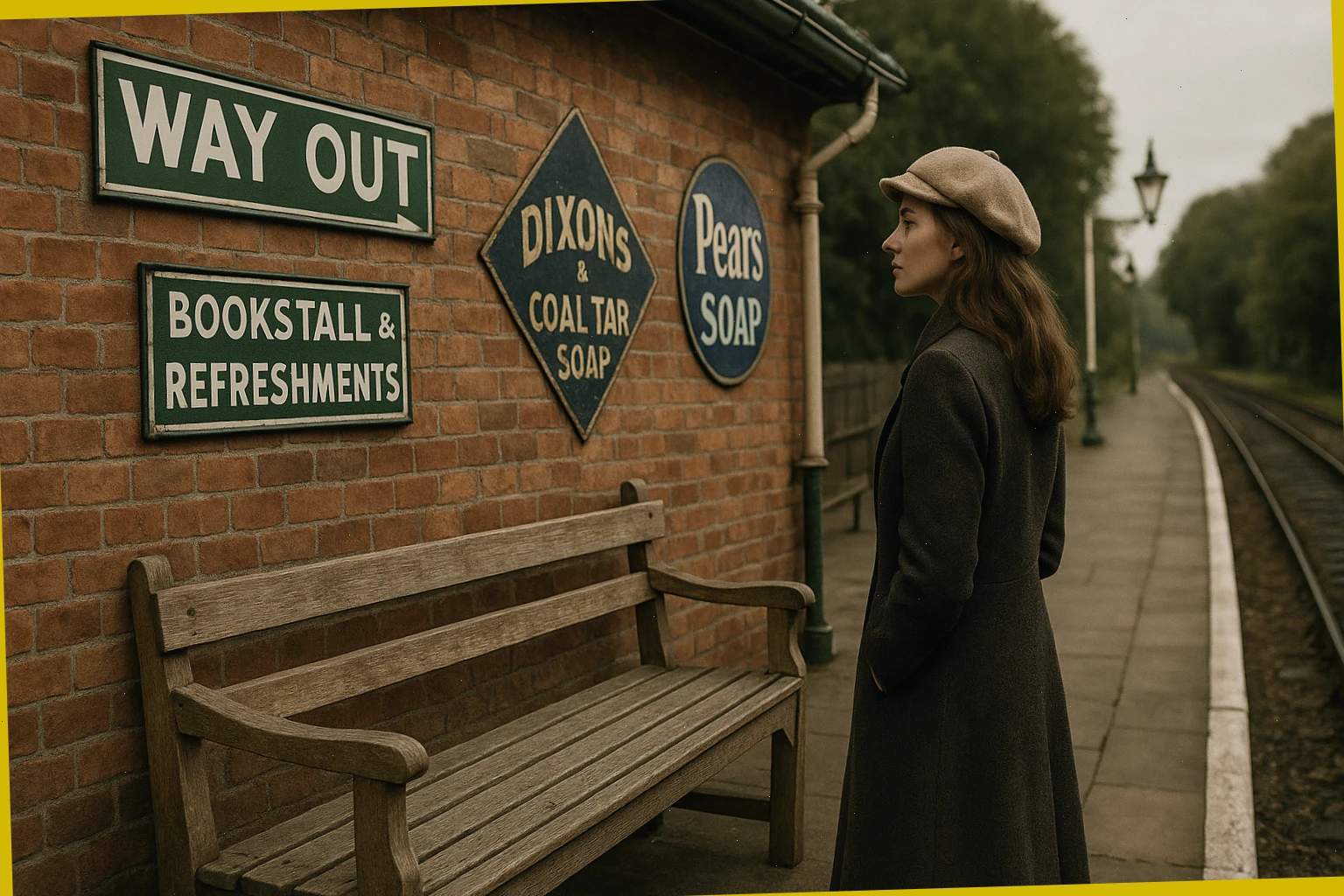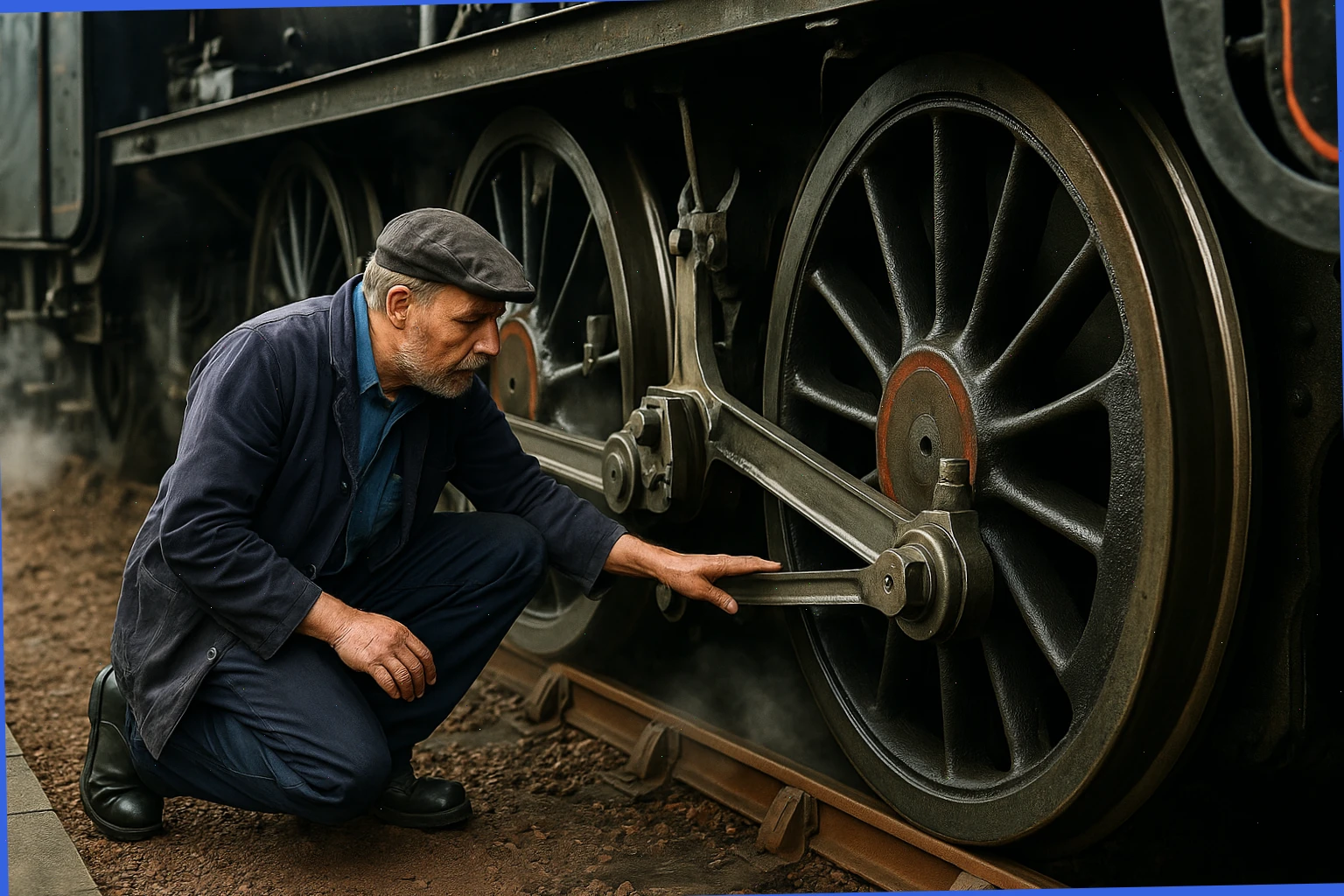Crew

Ellis Wade
Route Planner

Mira Dalton
Station Notes Lead

Harun Bell
Access & Timing Checks
When people picture England’s steam heritage, they often think of postcards: polished locomotives at a country halt, brass fittings glowing, or a quiet viaduct that still carries carriages across rolling hills. Yet the reality of visiting heritage lines is rarely postcard-perfect. Schedules shift, weather interrupts, coaches fill up, and travellers sometimes feel overwhelmed by small details that no leaflet explains. That gap is why we started Rook & Rail Heritage Tours. We wanted a place where visitors could find plain notes, realistic pacing advice, and calm reminders that heritage railways are best enjoyed without rushing.
Our story begins not with grand investments but with countless weekends spent on platforms across Derbyshire, Yorkshire, Devon, and Kent. We are enthusiasts, but not in the sense of memorising every engine number. Our enthusiasm is rooted in noticing how people actually experience a day out: grandparents wondering about step heights, children eager to spot smoke across the fields, parents juggling prams on narrow coaches, or couples looking for the quietest place to sip tea. Steam heritage survives only if real visitors feel welcome, not just the well-versed hobbyist.
Instead of writing promotional blurbs, we write notes. These notes are not designed to guarantee anything. They simply highlight what we saw, what we tried, and what seemed to matter in the moment. If a carriage was busy, we mention where the breeze felt cooler on the next loop. If a path had uneven stones, we note where a ramp provided a gentler option. If tea was available in one station and sold out in another, we mark it down so future visitors can plan loosely rather than be caught by surprise.
Our approach is grounded in honesty. We have no interest in promising perfection. Steam heritage is fragile: locomotives need maintenance, volunteers change shifts, and storms roll across the Pennines with little warning. A timetable printed at Easter may not resemble the actual service in late summer. That is normal. What matters is helping travellers understand how to adapt with ease. Calm notes are more useful than glossy assurances.

Ellis Wade
Route Planner

Mira Dalton
Station Notes Lead

Harun Bell
Access & Timing Checks
One of the principles we hold close is the use of plain language. Too often, tourist information assumes a level of knowledge or confidence that not everyone has. We prefer to say “short climb with three steps” rather than “minor gradient.” We describe where benches are found rather than referring to “resting opportunities.” This may sound simple, but visitors often tell us that such direct language lowers their stress and makes them feel included. Heritage railways are cultural treasures, but they should never feel like exclusive clubs.
Many guides measure a route by distance alone. We choose routes according to the experience they create. A ten-minute shuttle across moorland might be more memorable than a longer ride through industrial outskirts. An evening departure with lamps glowing along the platform can linger in the memory far longer than a midday loop. By emphasising the sensory and emotional aspects, we encourage visitors to shape their day around feelings rather than kilometres.
Another principle is listening. Every passenger has a different reason for boarding a heritage train. Some want photographs, others want to share family history, and some simply want to enjoy a slow pace after a hectic week. We gather these perspectives by talking to fellow travellers and by reading the quiet details—who lingers on the platform, who smiles at the sound of the whistle, who checks the noticeboard twice. These observations help us create advice that speaks to real needs rather than assumptions.
Our base in Derby is no accident. The Midland Railway once shaped this city, and traces of its history remain visible in buildings, workshops, and even the street names. By situating our office at 15 Midland Road, Derby DE1 2SL, we remain close to the heritage we write about. We see the daily rhythm of a railway town, not only the tourist gloss. Our phone number (+44 1332 745 918) and email ([email protected]) are easy ways to reach us, but our true presence is in how we walk the platforms and note the details that others overlook.
We occasionally cooperate with local heritage trusts, but we remain editorially independent. Our notes are not marketing copy provided by organisers; they are written by observers with no stake in ticket sales. This independence means we can speak openly about what worked and what did not. If a station café was closed, we say so. If a train was delightfully quiet on a Tuesday morning, we say that too. Visitors deserve honest accounts, not filtered narratives.
Heritage railways face challenges when it comes to accessibility. Narrow doors, high steps, and gravel paths are realities of infrastructure built in another era. While full modernisation is not always possible, clear information is. We therefore document ramps, lifts, staff assistance, and alternate viewing points. By providing this information in advance, visitors with mobility concerns can make informed choices. Inclusion does not require eliminating every obstacle, but it does require openness about what exists.
Although steam locomotives are the main attraction, we encourage travellers to look beyond the rails. Country pubs, walking paths, small museums, and village markets often enrich the day. A ride becomes memorable when linked with local food, conversation with volunteers, or a stroll across a meadow where the whistle echoes faintly. Our notes therefore extend to the surrounding area. Heritage is not confined to the track; it is woven into communities.
Some might ask why our descriptions are so long. The answer is simple: detail matters. A single overlooked note can change an entire visit. If we tell you that benches are on the left side of the platform, you can plan accordingly. If we mention that the 14:05 service tends to arrive late when a freight line is busy nearby, you will be less anxious when it does. These are not small matters to travellers who wish to enjoy their day with minimal stress.
The preservation of heritage railways depends on continued interest, volunteer dedication, and financial support. Our role is modest but meaningful: to keep that interest alive by making visits smoother and more inviting. As more people discover the charm of steam without feeling excluded or confused, the heritage sector grows stronger. We plan to expand our notes across more regions of England, always keeping the same principles: honesty, clarity, and empathy.
Rook & Rail Heritage Tours is not a company that guarantees perfect journeys. We are a small group of observers who believe that steam heritage deserves to be shared in plain words. Our pages exist so that anyone—whether a lifelong railfan or a first-time visitor—can find steady guidance without jargon. The rhythm of the whistle, the glow of fire in the grate, the sight of carriages across a valley: these are experiences that do not require complicated language. They require time, openness, and small notes passed along from one traveller to the next. That is what we offer, and we invite you to take what is useful and shape the rest of your day as you wish.
Contacts
Email: [email protected]
Phone: +44 1332 745 918
Address: 15 Midland Road, Derby DE1 2SL, England